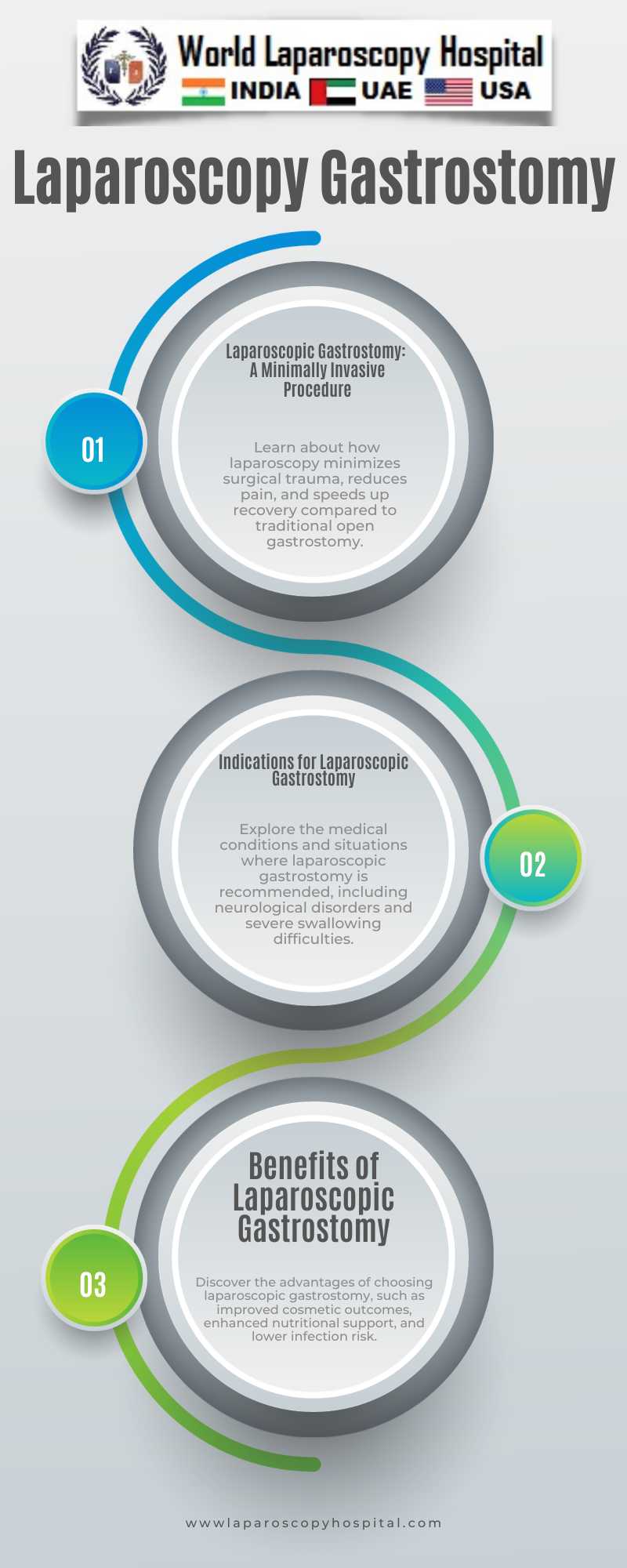Introduction
In recent years, medical advancements have brought about transformative changes in the field of surgery, offering patients less invasive procedures and improved outcomes. One such development is the minimally invasive approach to gastrostomy, a medical procedure that can significantly enhance the quality of life for patients who require enteral feeding. This article delves into the world of minimally invasive gastrostomy and its profound impact on patients' well-being. We will explore the technique, its indications, benefits, and the way it is revolutionizing nutritional support.

Understanding Gastrostomy
Gastrostomy is a surgical procedure used to create an artificial opening in the abdominal wall, allowing direct access to the stomach for the insertion of a feeding tube. This method is essential for individuals who cannot consume food orally due to various medical conditions such as neurological disorders, cancers, or severe swallowing difficulties. Traditional gastrostomy, involving an open surgical approach, has been the standard of care for decades. However, it often comes with significant surgical trauma and extended recovery times.
The Emergence of Minimally Invasive Gastrostomy
The advent of minimally invasive surgery has opened up new possibilities for gastrostomy tube placement. Minimally invasive gastrostomy, often performed laparoscopically, has rapidly gained popularity due to its numerous advantages. Unlike traditional open surgery, this technique involves smaller incisions, reduced pain, shorter hospital stays, and faster recovery times.
1. Laparoscopic Gastrostomy Procedure
Laparoscopic gastrostomy is a minimally invasive surgical technique that utilizes a small camera and specialized instruments to create a passage from the abdominal wall into the stomach. This procedure is performed under general anesthesia and typically involves the following steps:
a. Patient positioning and anesthesia.
b. Small incisions made in the abdominal area.
c. Insertion of a laparoscope (a thin, lighted tube with a camera) through one of the incisions to visualize the stomach and surrounding structures.
d. Identification of the optimal site for tube insertion.
e. Creating a small tunnel from the abdominal wall to the stomach.
f. Placement of a feeding tube through the tunnel and into the stomach.
g. Securing the feeding tube in place.
h. Closing the incisions.
2. Indications for Minimally Invasive Gastrostomy
Minimally invasive gastrostomy is indicated for a wide range of medical conditions where enteral feeding is necessary. These conditions include:
a. Neurological disorders such as stroke, Parkinson's disease, and amyotrophic lateral sclerosis (ALS).
b. Head and neck cancers that impair swallowing.
c. Gastrointestinal conditions like severe reflux or dysphagia.
d. Severe malnutrition or inability to consume adequate nutrition orally.
Benefits of Minimally Invasive Gastrostomy
The adoption of minimally invasive gastrostomy has brought about significant improvements in patient care and quality of life. Some key benefits include:
1. Reduced Surgical Trauma: Minimally invasive techniques lead to smaller incisions, less tissue damage, and reduced postoperative pain compared to open surgery.
2. Quicker Recovery: Patients undergoing laparoscopic gastrostomy typically experience shorter hospital stays and faster return to their regular activities.
3. Improved Cosmetic Outcomes: The smaller incisions and minimal scarring contribute to better cosmetic results and increased patient satisfaction.
4. Enhanced Nutritional Support: Enteral feeding through a gastrostomy tube allows precise control of nutrient delivery, ensuring patients receive adequate nutrition.
5. Lower Infection Risk: Minimally invasive procedures are associated with a reduced risk of surgical site infections.
6. Outpatient Option: In some cases, laparoscopic gastrostomy can be performed as an outpatient procedure, further reducing the burden on the healthcare system.
Patient Perspectives
To gain a comprehensive understanding of the impact of minimally invasive gastrostomy on patients' lives, we interviewed individuals who have undergone this procedure. Their testimonials highlight the transformative nature of this surgical approach:
Patient A: Jane, a 45-year-old mother of two, was diagnosed with ALS. She shared, "Laparoscopic gastrostomy changed everything for me. I can still enjoy meals with my family, and the procedure itself was much less daunting than I had imagined."
Patient B: John, a 60-year-old cancer survivor, said, "After my surgery, I was back to my usual routine in no time. The small scars are barely noticeable, and I feel more confident in social situations."
Conclusion
Minimally invasive gastrostomy has emerged as a game-changer in the field of enteral feeding. This innovative approach offers patients improved quality of life, reduced surgical trauma, and quicker recovery times. As healthcare continues to evolve, it is essential to recognize the significance of these advancements and their positive impact on patients' well-being. Minimally invasive gastrostomy is not just a surgical procedure; it is a pathway to a better, more fulfilling life for those who rely on enteral feeding for their nutritional needs.